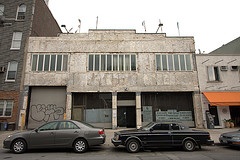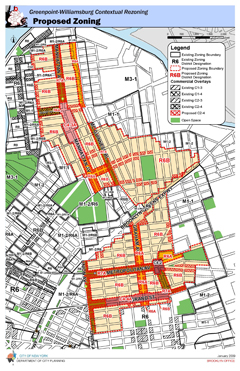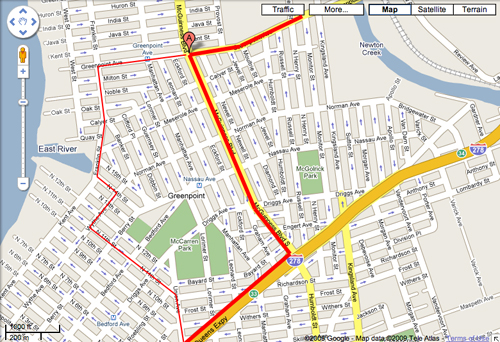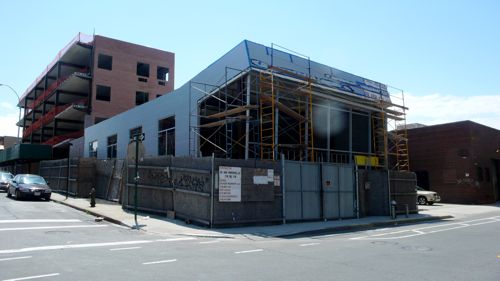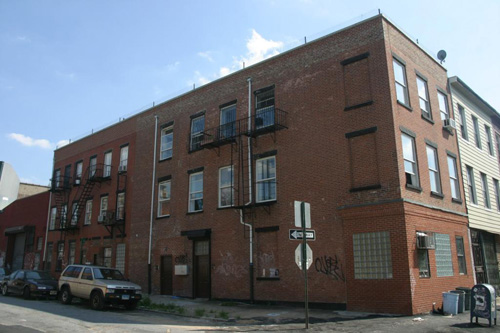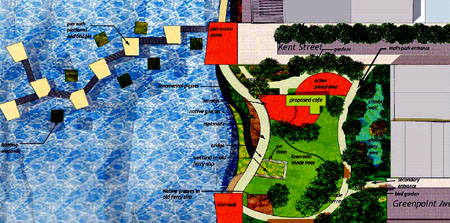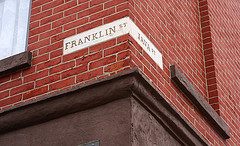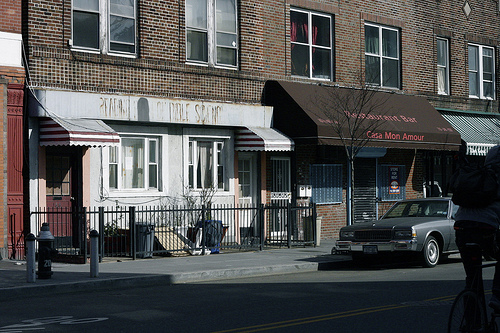889 Broadway
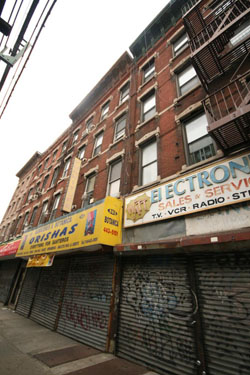
889 Broadway
Photo: PropertyShark
NY1 reported earlier in the week that DOB had issued a vacate order for an illegal conversion on Broadway in Bushwick, but since they didn’t include an address, it was hard to follow up. Today, BushwickBK reported that the building was 889 Broadway, which led me to this more detailed report on CBS TV.
Its still hard to piece everything together, but it looks as though FDNY filed the complaints that led to the vacate order. According to the DOB records, the owner was in the process of converting the building (its actually at least three interconnected buildings) to 15 apartments. NY 1 and CBS both say there were 20 units in the buildings. BushwickBK claims that the building, like its neighbors, was residential already – that this was not a traditional loft conversion. However, the legal use of the building is not clear – the existing CO [pdf] is for three stories of light manufacturing above a ground-floor store. On the other hand, the Department of Finance classifies the building as a walk-up apartment. If the CO is correct, and the building was being cut up into apartments, that is a pretty big deal for the FDNY, particularly since two firemen died fighting a fire in an illegal apartment in the Bronx in 2005.
The buildings also have a host of violations, including two unsafe building notices (in 1988 and 1992) and 77 DOB violations since 1972. CBS reports
In a statement to CBS 2, the landlord said: “Neither the ownership nor the management had any prior knowledge” of the violations, and pointed out there have been no violations in the past 11 years.
Actually, there have been 28 DOB violations issued in the past 11 years, and 27 of them are still active (and that doesn’t include the four violations issued on Thursday). These recent violations include 2 for work without a permit (in 2003). In that period, there has not been a single application for work – the most recent DOB permit dates to 1997, and tellingly, was to correct prior work that had been done without permits. (The first part of the landlord’s statement is probably technically true, in a weaselly way – the “violations” in this case were issued on the same day as the vacate order. But that should not in any way be construed as a statement of innocence on the owner’s part.)
Of course as usual the real tragedy here is that “dozens” of residents are out on the street with three hours notice. The real kick in the teeth is this closing statement in the CBS report: “Tenants say they believed the apartments were being rented legally”. In this case, that is entirely believable.

